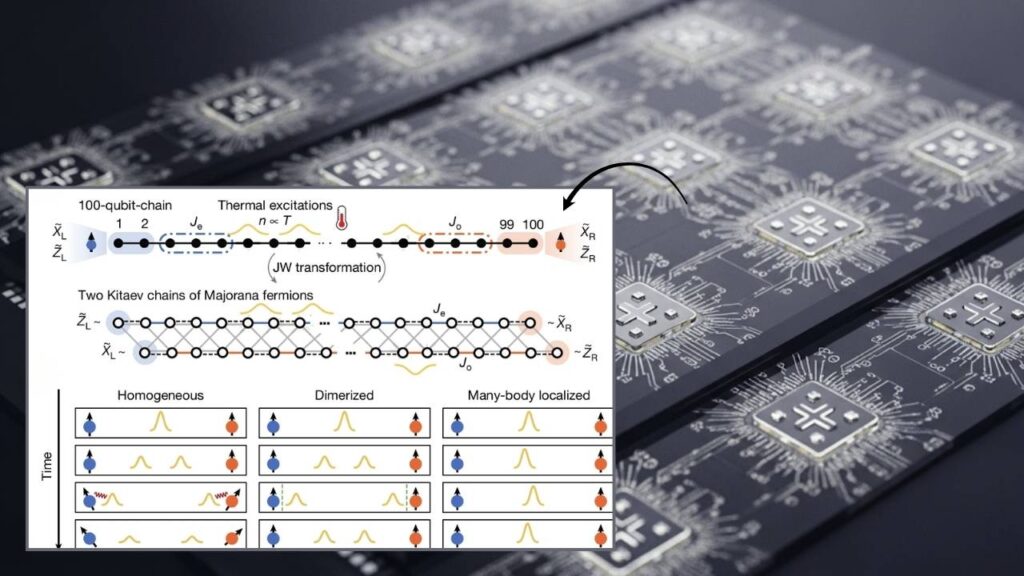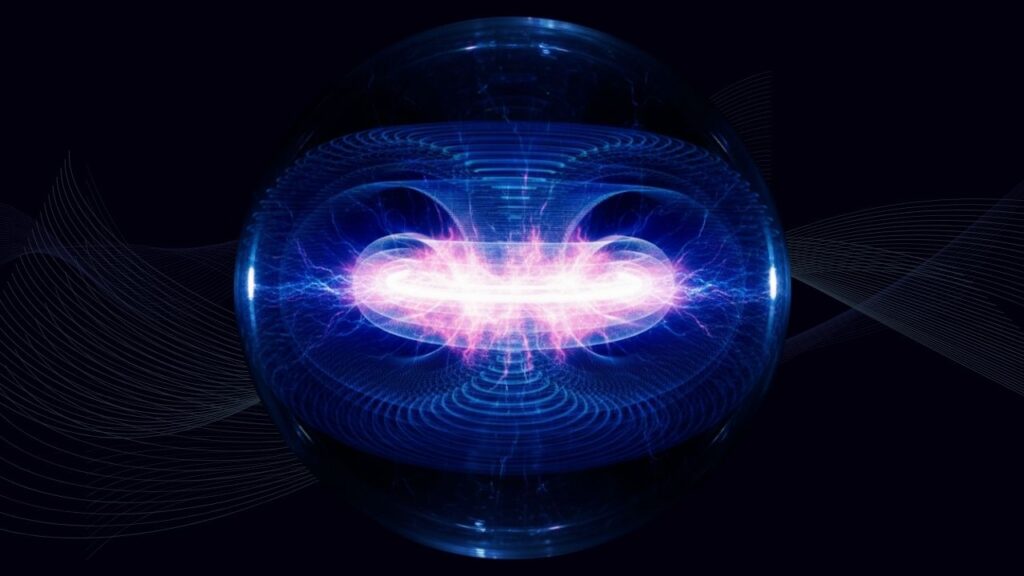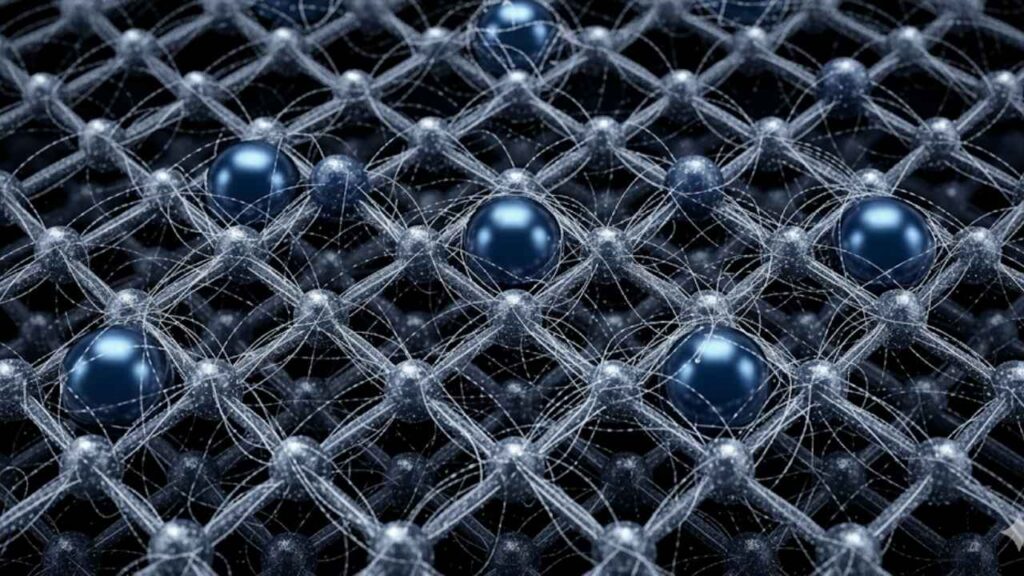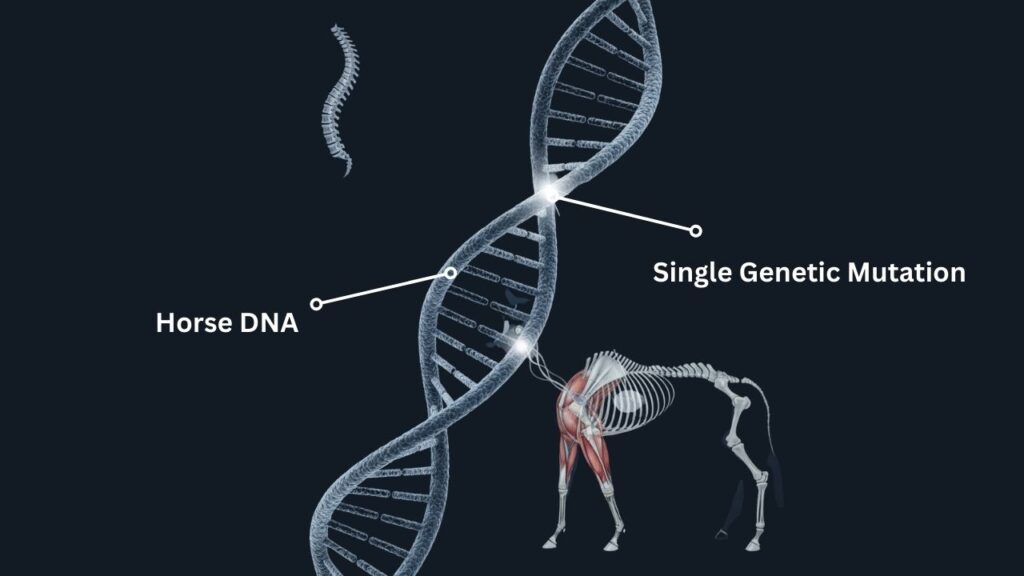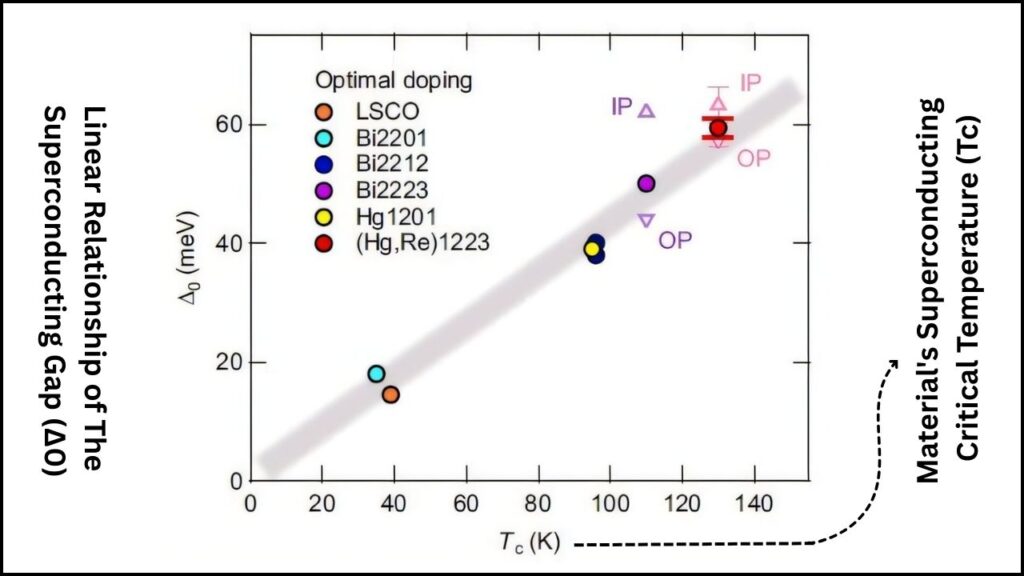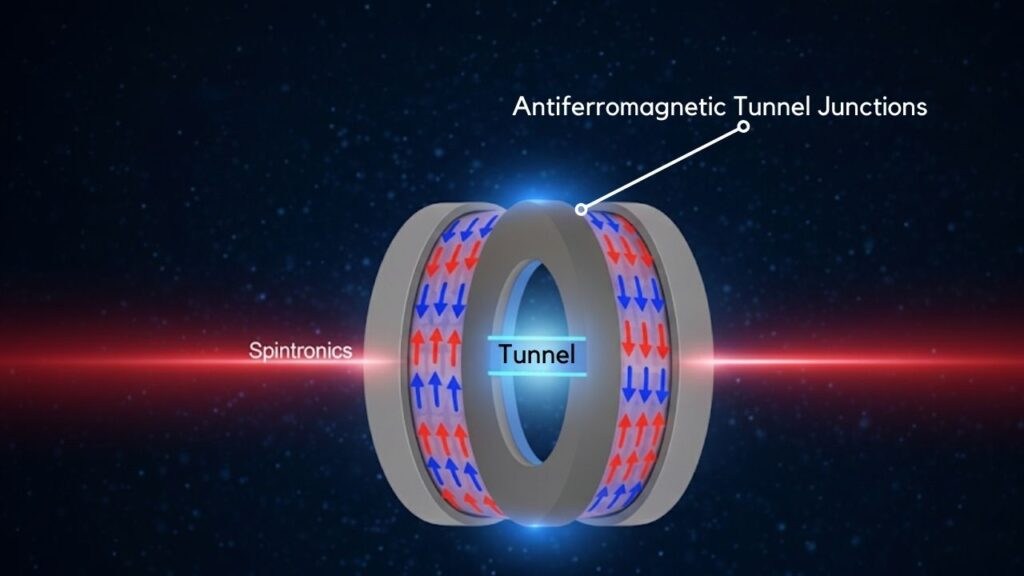Terahertz Technology: Terahertz technology is rapidly emerging as a game-changer in the world of communication. Terahertz waves, which operate in the frequency range between microwaves and infrared light (roughly 0.1 to 10 terahertz), represent a hidden part of the electromagnetic spectrum with vast untapped potential. This exciting technology promises to transform how we send and receive data, offering ultra-high-speed wireless communication and enabling innovations that once seemed futuristic.
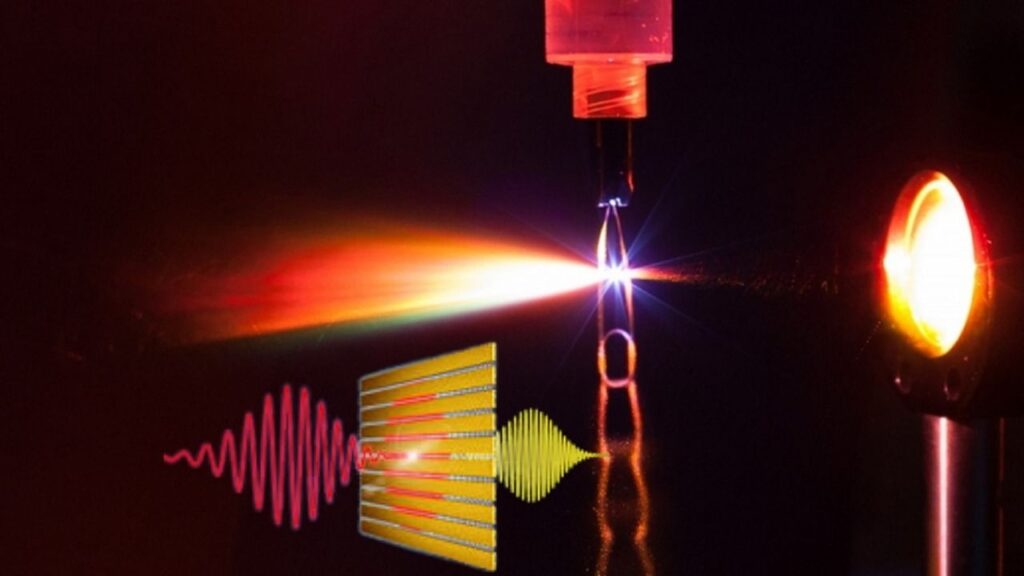
In this article, we’ll explore what terahertz technology is, how it works, and why it’s set to revolutionize communication systems globally. Whether you’re a curious learner or a professional in the telecommunications field, this comprehensive guide will walk you through everything you need to know — clearly, concisely, and with practical examples.
Table of Contents
What is Terahertz Technology?
Terahertz technology refers to the use of electromagnetic waves within the terahertz frequency band — between microwave and infrared frequencies. This band covers frequencies from about 100 gigahertz (GHz) up to 10 terahertz (THz). For context, typical Wi-Fi networks operate below 6 GHz, and even 5G mobile technology works around 30 GHz. The terahertz band is much higher, offering incredible potential for faster data transmission.
Historically, this part of the spectrum has been difficult to access and utilize because of challenges in generating, detecting, and modulating terahertz waves with conventional electronics. However, recent advances in materials science, photonics, and semiconductor technology have started to unlock its potential.
Terahertz waves have very short wavelengths, which means they can carry a lot more information at once, leading to extremely high data rates — potentially in the order of terabits per second. This is thousands of times faster than current 5G wireless speeds.
Terahertz Technology
| Aspect | Details |
|---|---|
| Frequency Range | 0.1 THz to 10 THz (100 GHz to 10,000 GHz) |
| Data Transmission Speeds | Up to several terabits per second (Tbps) |
| Range Limitations | Typically tens of meters due to atmospheric absorption |
| Applications | 6G wireless networks, ultra-fast Wi-Fi, intra-chip communication, terabit wireless backhaul |
| Challenges | Limited range, signal blockage by obstacles, technological maturity of terahertz devices |
| Current Development Stage | Research and early-stage commercial prototypes |
| Official Research Reference | National Institute of Standards and Technology (NIST) |
Terahertz technology is unlocking a hidden part of the electromagnetic spectrum with tremendous potential to revolutionize communication. Its ability to provide ultra-high-speed data transmission will be crucial as the world demands faster, more efficient wireless networks. While challenges like limited range and hardware costs remain, ongoing research is steadily overcoming these barriers.
From enabling the next generation of 6G networks to transforming chip communication and wireless backhaul, terahertz technology is poised to change how we connect in both our personal and professional lives. Staying informed and understanding this exciting frontier will be essential for anyone involved in technology, telecommunications, or digital innovation.
Why Terahertz Technology Matters for Communication
As the world becomes more connected, the demand for faster, more reliable, and higher-capacity communication networks continues to grow. Streaming ultra-high-definition videos, immersive virtual reality experiences, and smart city applications all require massive amounts of data to be transmitted seamlessly.
Terahertz technology addresses these needs by offering:
- Ultra-high data rates: Terahertz waves can carry more data than microwaves or radio waves, making them perfect for next-generation wireless networks like 6G.
- Low latency: The shorter wavelengths allow for very rapid signal processing, which is critical for applications requiring near-instantaneous communication.
- Smaller antennas and devices: The tiny wavelengths mean antennas and transceivers can be miniaturized, enabling integration into compact devices or even within microchips.
How Does Terahertz Communication Work?
1. Generation and Detection of Terahertz Waves
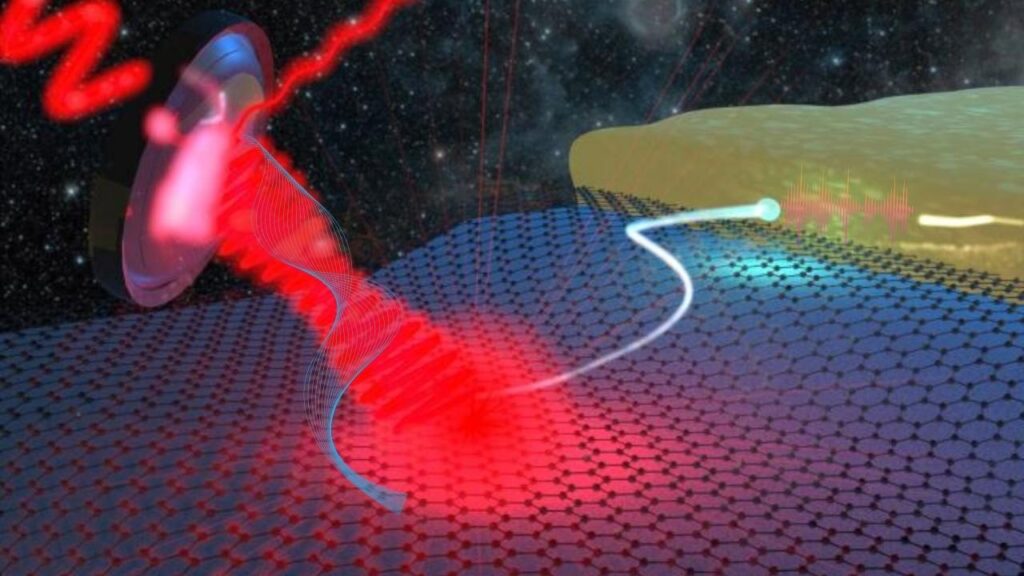
Generating terahertz waves is complex because traditional electronic components struggle at such high frequencies. Modern approaches use a combination of photonics and electronics, such as:
- Photoconductive antennas that convert laser pulses into terahertz waves.
- Quantum cascade lasers that emit terahertz radiation directly.
- Frequency multipliers that boost microwave signals into the terahertz band.
Detecting these waves also requires specialized sensors that can respond quickly and accurately to the short wavelengths.
2. Data Transmission Using Terahertz Waves
Once generated, terahertz waves can be modulated to encode data, similar to how radio waves carry signals in current wireless technologies. However, due to the high frequency and short wavelength, terahertz communication supports vastly higher bandwidths, enabling terabit-per-second data rates.
3. Overcoming Range and Obstruction Challenges
Terahertz waves are strongly absorbed by atmospheric water vapor and have difficulty penetrating solid objects. This limits their effective range to around 10 to 100 meters in open air. To address this:
- Line-of-sight communication setups are preferred.
- Research is underway to develop beam-steering technologies and reflective surfaces to guide terahertz waves around obstacles.
- Integration with existing lower-frequency networks can create hybrid systems balancing range and speed.
Practical Applications of Terahertz Technology
Ultrafast Wireless Networks (6G and Beyond)
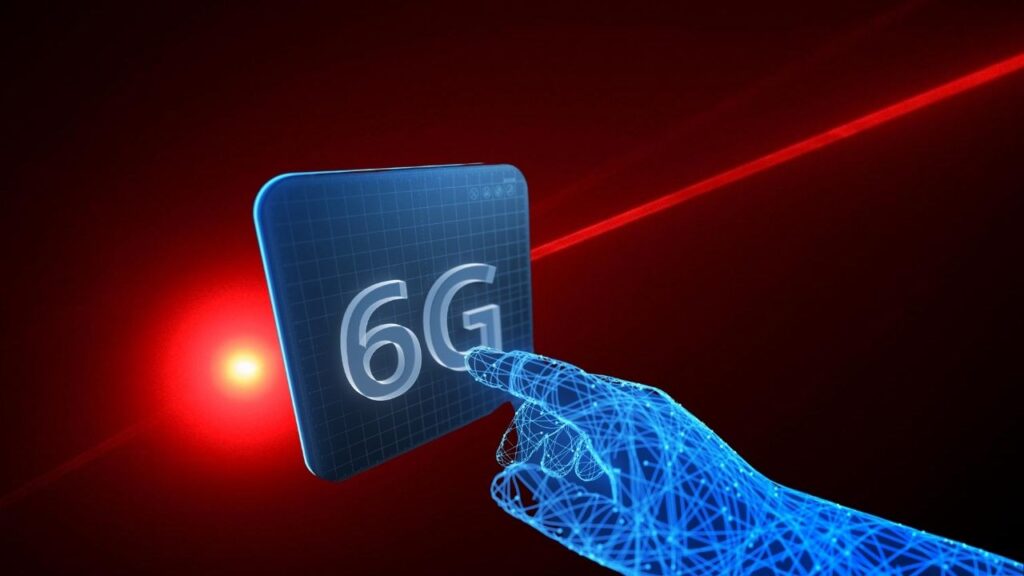
Terahertz communication is considered a cornerstone technology for 6G networks expected around 2030. 6G aims to deliver data rates over 1 Tbps, enabling seamless AR/VR experiences, holographic calls, and instant cloud connectivity. Terahertz frequencies will power the wireless backbone for these applications.
Intra-Chip and Chip-to-Chip Communication
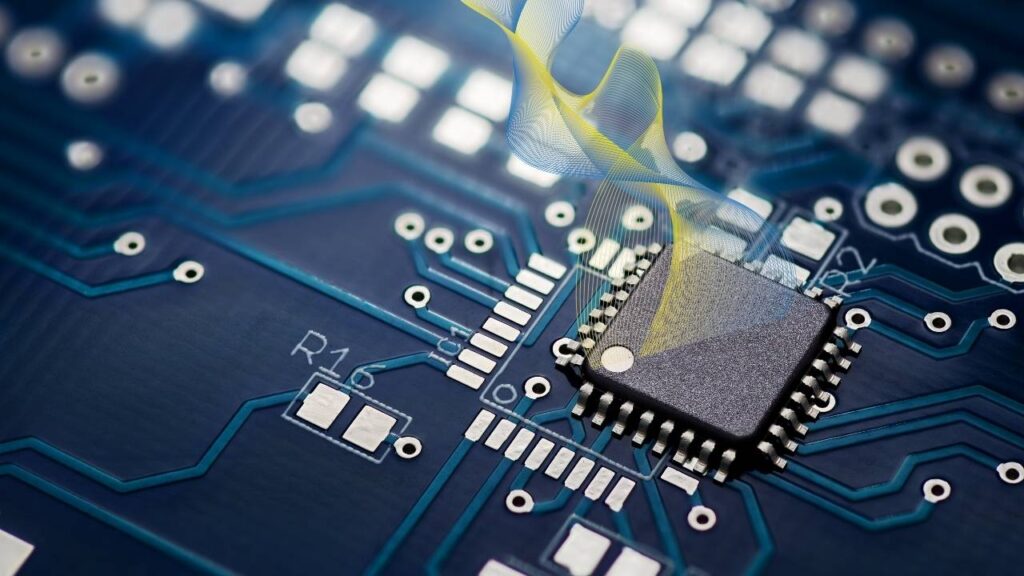
As microchips become smaller and more powerful, traditional wiring can create bottlenecks. Terahertz signals can enable wireless data transfer inside or between chips, reducing latency and energy consumption.
Terabit Wireless Backhaul

Network infrastructure often depends on wired backhaul for data aggregation. Terahertz wireless backhaul can provide multi-terabit links without the need for physical cables, allowing for flexible and rapid deployment of network nodes.
Imaging and Security
Beyond communication, terahertz waves can penetrate certain materials (like clothing or packaging) without harmful ionizing effects. This property is useful in security screening and medical imaging applications.
Challenges and Future Directions
While terahertz technology is promising, several hurdles remain:
- Atmospheric absorption: Water vapor strongly absorbs terahertz waves, reducing range. Solutions include atmospheric windows, controlled environments, or relay stations.
- Hardware costs: Manufacturing terahertz devices is currently expensive, limiting widespread adoption.
- Standardization: Industry-wide standards for terahertz communication are still evolving.
- Power consumption: Efficient generation and detection of terahertz waves require more research to reduce energy use.
Research institutions and companies worldwide are actively addressing these challenges. Organizations like the IEEE Terahertz Technology Initiative coordinate efforts to develop standards and share advancements.
Photonics Revolution: How Light-Based Technology is Shaping Our Digital Future
10 Emerging Materials Set to Transform Electronics in the Next Decade
From Silicon to Organic Semiconductors: The Future of Computing Explained
FAQs About Terahertz Technology
What makes terahertz waves different from radio waves or microwaves?
Terahertz waves occupy a frequency range between microwaves and infrared light, with much shorter wavelengths. This allows them to carry more information but also makes them more susceptible to atmospheric absorption.
How fast can terahertz communication be?
Terahertz communication can theoretically reach data rates of several terabits per second (Tbps), which is thousands of times faster than current 5G speeds.
Will terahertz replace Wi-Fi or 5G?
Terahertz communication is expected to complement, rather than replace, existing technologies. It’s ideal for ultra-high-speed, short-range applications, while Wi-Fi and 5G provide broader coverage.
What are the main challenges of terahertz communication?
The biggest challenges are limited range due to atmospheric absorption, signal blockage by obstacles, and the current cost and complexity of terahertz hardware.
When will terahertz communication become mainstream?
Commercial use of terahertz communication is expected to begin in the next decade, particularly as part of 6G wireless networks and specialized industrial applications.
